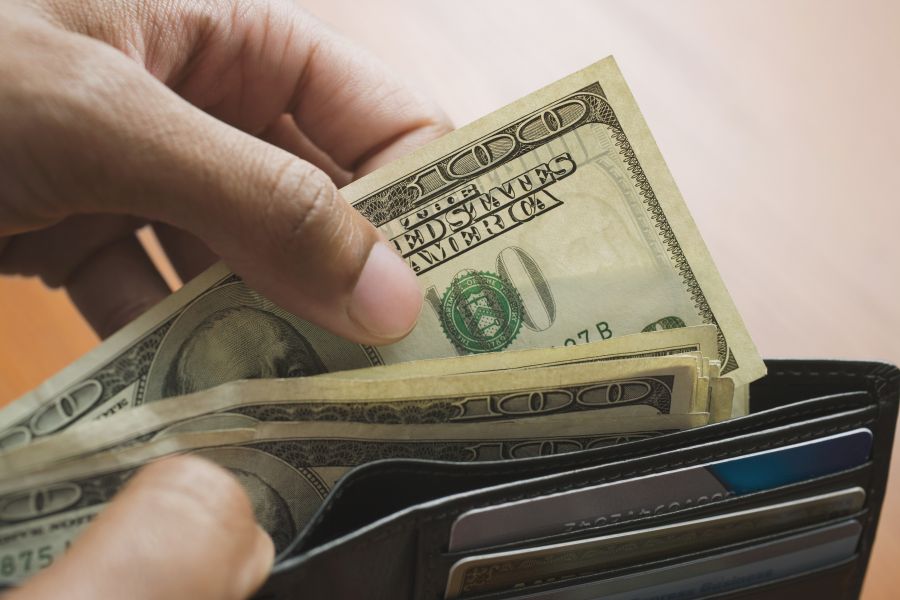A community newspaper’s value in today’s economy: Ready to Sell
Feb 12, 2018
KEN BLUM
Black Ink
EBITDA— for non-bean counters, that’s earnings before interest, taxes, depreciation and debt amortization. EBITDA rules when determining the value of today’s community newspapers.
Interpretation: a newspaper is worth a multiple of its profit margin. Today, that multiple appears to be in the 3x to 5x range.
• HOWEVER, ADD TO EBITDA any expense a new owner would not have to assume.
For example, let’s say basic EBITDA for a newspaper that grosses $1 million is $100,000.
In the flow of the annual income statement, there are the following expenses a new owner would not assume:
• $1,500—present owner, life insurance.
• $3,600—present owner, auto
• $5,000—convention and travel expenses
• $20,000—contributions to present owner’s church.
• $12,000—present owner, family health insurance.
Total add-backs—$42,100.
Adjusted earnings—$142,100
Value in today’s market—3x is $426,300—5x is $710,500.
• IMPORTANT TO NOTE—this is the value of the basic business. It usually includes all the office furniture, computers, etc.
It does not include the building, the press, the new Mercedes delivery van or the van Gogh in the hallway. If sold, these are negotiated separately.
• LOOK AT IT this way if you are a publisher looking to sell, every dollar you can add to the bottom line = $3-$5 in added value to the business.
That’s huge. Let’s say you improve the bottom line by $50,000 annually—usually quite doable at most papers that have been coasting along.
That’s $150,000-$250,000 in added value to the business.
• AS IMPORTANT as earnings are to the value of a business, there are other factors that can push the value north of the high end.
Among those are:
• Competition, namely the lack thereof.
• A solid staff. Especially someone who can take the reins of the business end.
• A growing community, preferably a semi-rural growing community. Exurban growth—growth where people buy a home but don’t care where they live—is not desirable.
• For paid newspapers, household penetration that exceeds 50 percent.
• FEWER PAPERS that run web printing presses are being sold with those presses. Most buyers either own a plant where the paper can be printed; or will opt to use an outside printer rather than print in-house.
In most cases, it’s less expensive, and in some cases much less expensive, to use an outside printer.
• IS IT A GOOD TIME to buy or sell?
I know. I’m prejudiced, because I also work for a newspaper brokerage company. But I think the climate is right for both the buyer and seller.
For the buyer, prices are quite reasonable. Interest rates are still attractive. And a well-run newspaper remains a solid investment. The downturn community newspapers experienced (nowhere near as drastic as experienced by large newspapers) has bottomed out.
It’s possible now to buy a quality community newspaper in a strong market and pay back the purchase price from earnings within five years.
It’s highly unlikely you’ll get a return like that in the stock market or from a certificate of deposit. And that, of course, is an understatement.
• ABOUT HALF the independent publishers who sell seem to be willing to finance part of the purchase price. Of course, the buyer must be qualified. A five-year term is ideal. I recommend half down, or at the least one-third down.
It makes no sense to sell to a company or person with no real skin in the game.
- FOR THE SELLER, there are qualified buyers out there. Yes, prices are down, but not way down. And keep this in mind; we’re overdue for a downturn in the economy. Maybe the new and dramatically lower federal income tax rates for businesses will hold off the inevitable slide for a while—two years, perhaps—but it’s coming, and when it does, it will be a challenge to sell any type of business.
- THE LOWER INCOME TAX RATE is most definitely a cause to celebrate for newspaper sellers and buyers. Sellers can point out the added after-tax dollars that will be available to a new owner. Buyers can count on those dollars to improve REAL cash flow to pay off the investment in the business, or use as desired (i.e. buy that van Gogh in the hallway).
- IN THIS VEIN, I sense a new type of newspaper buyer emerging: the individual investor. This could be a well-heeled member of the newspaper’s community—someone with a successful business background who will hire a general manager to run the day-to-day operation. Again, the payoff for the investor is there. And nothing beats local ownership.
In this case, it might be necessary for the current owner to announce his or her plan to sell to the community, which is usually a no-no when it comes to selling a business.
However, in most cases, I don’t see that as a real problem. If the owner is 75 and ready to sell, it shouldn’t come as a real surprise to readers or advertisers if he puts up the paper for sale as long as he explains he’s in no hurry, but ready to sell to a company or person who will be worthy of the trust the community places in its paper.
In a way, it’s good from a journalism-integrity standpoint to announce plans to sell ahead of time.
But keep in mind that although this strategy might be ideal in some cases, it might not be in others.
Newspapers aren’t like McDonald’s franchises; every scenario is different. © Ken Blum 2018
Ken Blum is an adviser, specializing in improving the profitability and content of community newspapers. He is also a national senior associate for mergers and acquisitions of community newspapers at Grimes, McGovern & Associates. He puts out a free email newsletter “Black Inklings” that features nuts and bolts ways to improve revenue and profits at hometown newspapers. To subscribe to the newsletter, or contact Ken about his advising services or the pros and cons of selling your newspaper or buying a newspaper, email blummer@aol.com or phone 330-682-3416.









